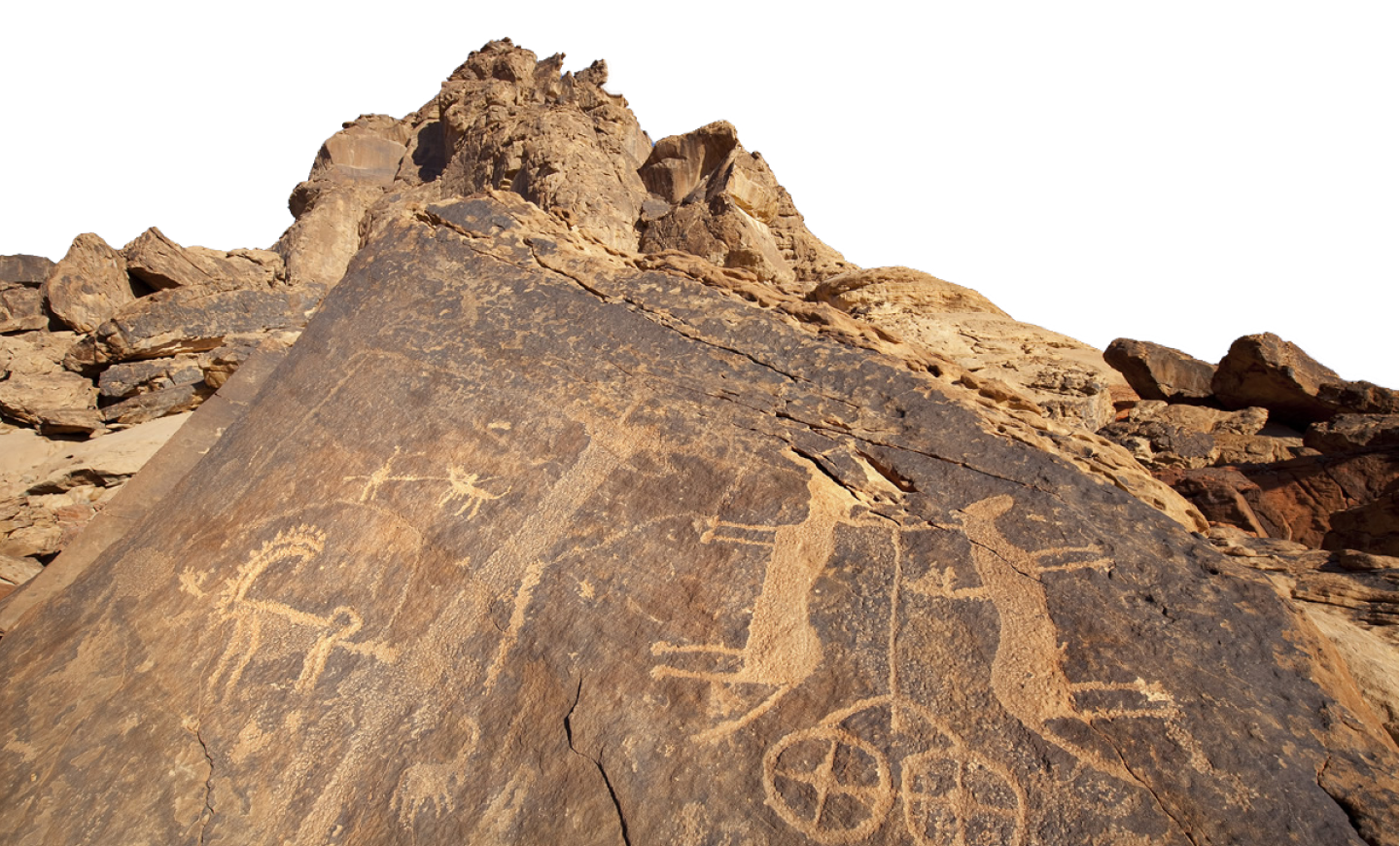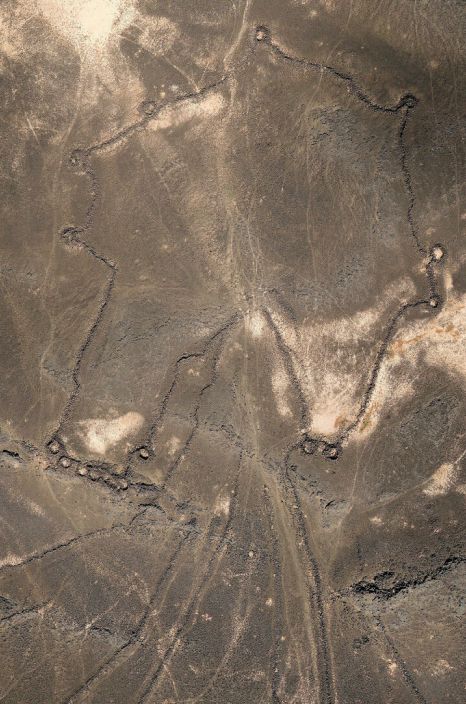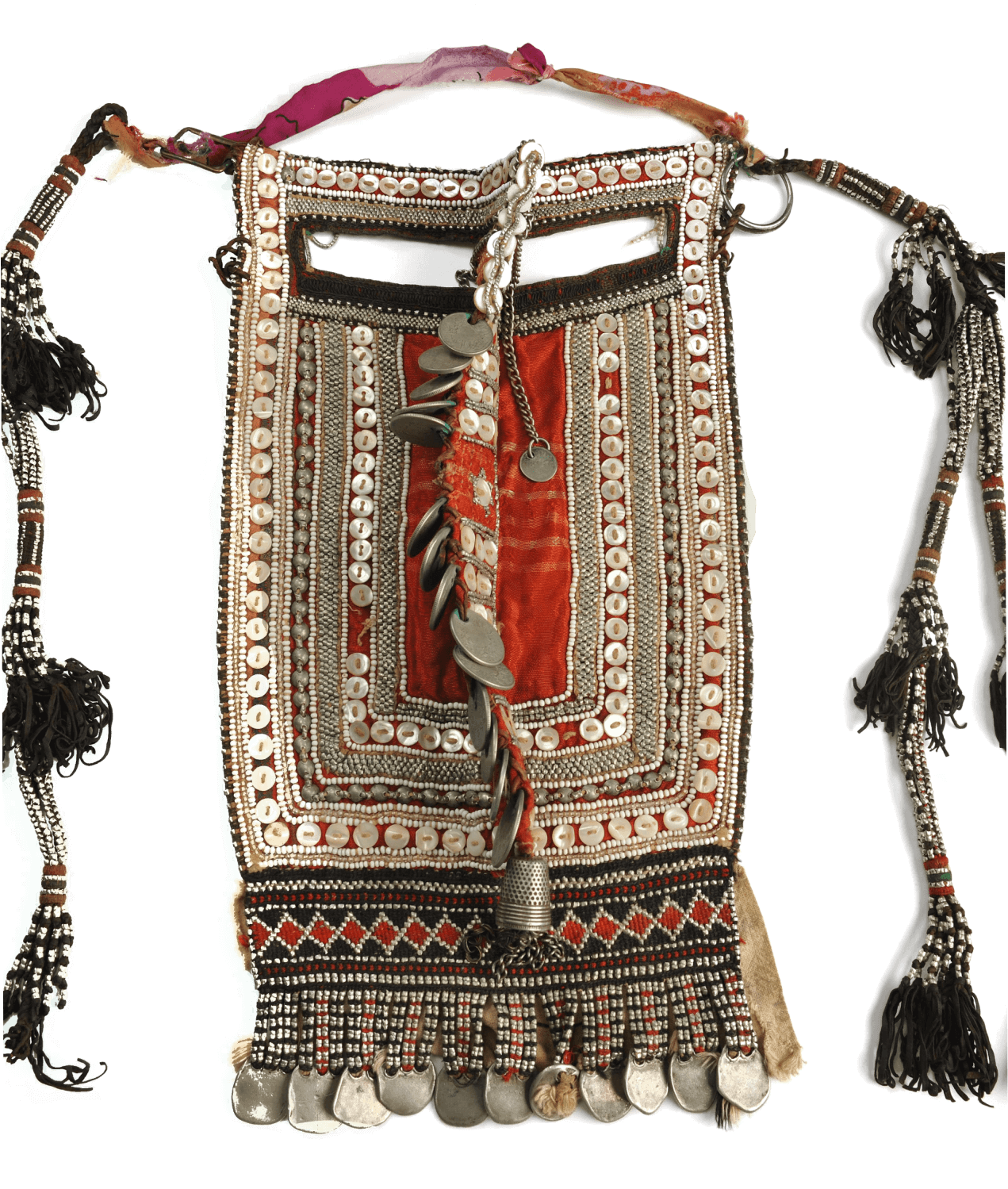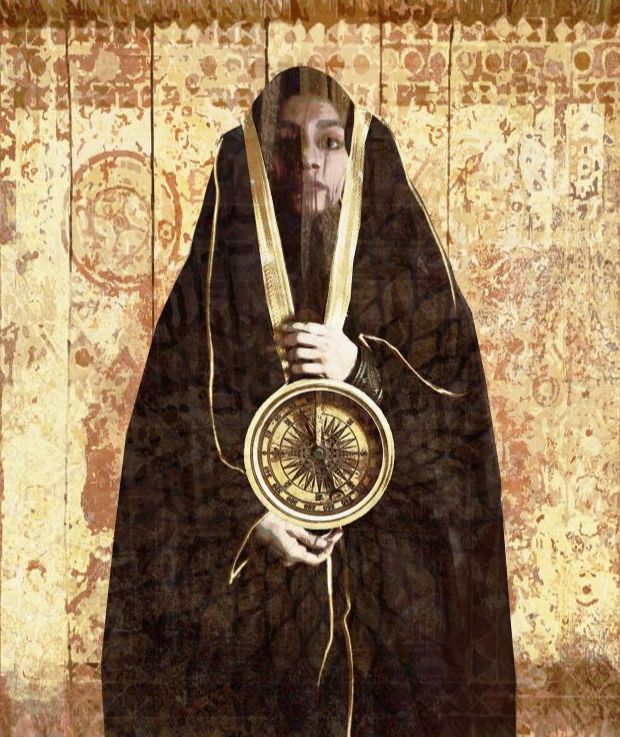The Life, Art and Engineering of the Nafud Desert
Photograph from Ahmad Dialdin.
While it may be tempting to focus on the Rub' Al Khali when discussing Saudi deserts, there is a surprisingly rich amount of history, heritage and wonder to be discovered in our second largest body of sand, the Nafud Desert. At a tenth of the size of Rub' Al Khali, the Nafud Desert fills the north-central section of Saudi Arabia with large crescent-shaped dunes and reddish sands which almost reach the oasis
towns of Tayma in the west, Al Jawf and Sakakah in the north and Hail in the south. It is home to two primary oases that have been settled off and on for a very long time: Tayma and Jubbah. The biggest supporting factor to their longevity has been water, be it deep reserves of groundwater or the more surprising presence of lakes and rivers during different periods of time dubbed as the "Green Arabia" periods.

Photograph from Ahmad Dialdin.
Although we have mostly looked at the region's history over the past few thousand years, recent archeological evidence has shown that we have had settlements as far back as at least 100,000 years ago, especially during migrations from Africa through to Asia. The Arabian Peninsula wasn't always so arid and throughout the ages, it has gone through phases of wet, humid and lush environment, akin to an African savannah.
Our most recent "Green Arabia" period happened around six to ten thousand years ago, where there was more rainfall, more lakes and a wide network of rivers throughout the land. Oases became the favored type of settlement, vegetation was no longer rare, and people practiced an interesting combination of pastoral and hunting lifestyles. Prolific aquifers, a high groundwater table and the ability to move to different areas which had received rainfall provided the means for these groups to survive challenging and varying conditions.
The most direct archeological proof of humans being around in the area is the discovery of an 85,000-year-old fossilized human finger in the Nafud back in 2016. Less direct but no less compelling, just last year in 2020 archeologists found fossilized footprints of humans, dating back to nearly 120,000 years ago, alongside tracks made by a variety of animals including wild donkey, giant buffalos, elephants, and camels. Other animals that have visited our lands include ostriches, hippos, oryx, ibex, lions, horses, gazelles and dogs. The dogs are an interesting find in and of themselves. At Nafud sites such as Jubbah (which is on an ancient lake) and Shuwaymis, ancient rock art depicts a very close bond between humans and dogs.
Likely date back more than 8,000 years, making them one of the earliest depictions of dogs. Lines are drawn between the dogs and the humans, likely indicating leashes and suggesting that these humans had trained and bonded with the dogs. You can read more about Jubbah's rock art in our article last year: The Art of Legends. Meanwhile, on the far west boundary of the Nafud, the oasis of Tayma has a long history of settlement dating back more than 6,000 years. It is also an archeological treasure trove of sites, castles and stone inscriptions, including the inscription of Egyptian pharaoh Ramesses III, making it the first confirmed find of a hieroglyphic inscription in Saudi Arabia.
A particularly fascinating subject throughout the Nafud Desert is the wide variety of stone structures scattered throughout that were constructed, revisited and rebuilt over the past thousands of years. Recently archeologists came across more than 100large stone structures that have been
dubbed mustatils (due to their rectangular shape) in the southern part of the Nafud Desert. Dating back to at least 5,000 BCE, these structures typically consist of two large platforms, connected by parallel long walls that average 100-200 meters in length (but can extend up to 600 meters), and 15 to 30 meters in width, and a height of generally less than a half meter high. The stone platforms at the ends can be around 30 meters long by 10 meters in width and over a meter high. Often these mustatils are the oldest stone structures around, with younger structures nearby such as cairns, stone circles and the like, many of which are built using stones from the mustatils themselves.

Photograph from Ahmad Dialdin.
Considering how often they were built in batches, and how they sometimes had painted rocks facing the inside, the thought is that they were there for a couple of ritual purposes, one for ritual behaviors carried out within them, and another in the actual process of their construction. Not to be outdone by massive but simple rectangles, the Nafud boasts a more complex form of stone structure known as kites.
These megaconstructions are named as such due to their kite-like shape when seen from above, and they consist of two long walls (the kite tail) funneling into a walled enclosure shaped like circles, triangles or even stars (the kite itself). Their length is usually a few hundred meters but can reach several kilometers, while their height again remains below half a meter.
The kites appear to be a common way to gather animals into the enclosure and, thanks to pit traps dotted around the walls, ease the hunting of mass groups of animals. In conclusion, it may not be the largest desert in the land, but the Nafud definitely has a lot to offer for anyone willing to dig a little and explore the depths of history it has to offer.


